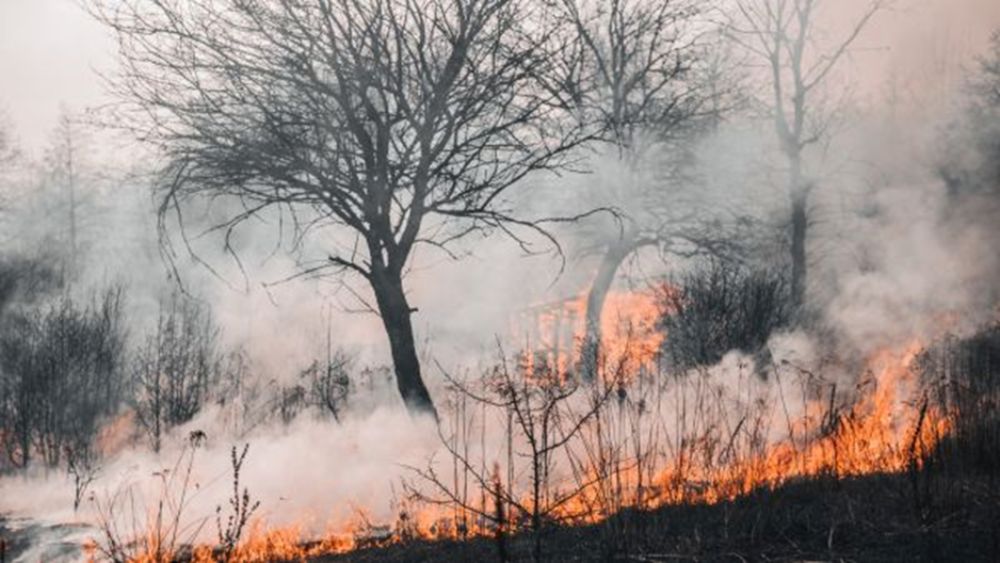
Severe weather season is here. Are you ready?
- Categories Key things to help you everyday, Things to watch, Uncategorized
- Date September 20, 2024
Severe Weather Season is upon us.
Since the start of spring, we’ve seen extreme heat across most of the country, severe winds in the southeast, floods in Tasmania, and even damaging hail in parts of Victoria. Just this week we have had a total fire ban for Greater Sydney with dry conditions are met with strong winds.
It doesn’t take much to bring back memories of “Black Summer” when an estimated 18.6 million hectares (around 46 million acres) of land were burned. To put it in perspective, this area is roughly equivalent to the size of the entire country of England.
While severe weather can occur at any time of the year, the Australian Bureau of Meteorology recognises October to April is the peak time for severe weather in Australia including heatwaves, bushfires, tropical cyclones, severe thunderstorms and floods.
To help Australians prepare for these hazards, the Bureau of Meteorology regularly briefs emergency services and governments, along with providing forecasts and advanced warnings for the public when severe weather approaches.
For retirement village managers, this means a period of heightened vigilance and preparation to ensure the safety and well-being of residents.
Here is how to get ready:
- Risk Assessment: Start by identifying the specific weather risks for your location. Are you in a flood-prone area? Is extreme heat more of a concern? Understanding these risks will guide your preparation efforts.
- Emergency Plan: Develop a comprehensive emergency response plan tailored to your village. This should cover evacuation procedures, shelter locations, communication protocols, and how to assist residents with mobility or health issues.
- Communication: Establish a clear communication strategy, as well as methods of communication, e.g. relying on text messages is great, but not if the mobile phone reception goes down. Residents need to know what to do and where to go in an emergency. Regularly update them on the village’s preparedness steps and remind them of the emergency procedures. Evacuation drills with residents and staff should be held regularly.
- Stock Supplies: Ensure you have essential supplies on hand, such as first aid kits, bottled water, and batteries. Consider the needs of residents who may require medications or medical equipment.
Experience tip: Do you have a power bank to charge mobile phones in the event of a power outage? Or a generator?
- Building and Grounds Maintenance: Conduct regular checks of the village buildings and grounds. Secure loose items that could become projectiles in high winds, clear gutters and drains to prevent water buildup, and ensure generators are in working order.
Stay Informed
During the high-risk weather season, it’s important to stay informed about potential hazards such as heatwaves, storms, and floods. Resources are available to help you prepare for these events, including advice on recognising and managing heat-related illnesses and guidelines for responding to flood risks.
Useful links include:
- Bureau of Meteorology
- AFAC Seasonal Outlook
- State based
In short, be proactive
Being prepared isn’t just about responding when disaster strikes; it’s about being proactive. Regularly review and practice your emergency plan with staff and residents. Making this part of your village’s culture – procedures, checks and training – you set your community up for staying one step ahead.
And, if you are reading this and aren’t convinced you are entirely prepared. Chances are, you aren’t.
Australia's largest professional development for village and community manager and head office staff.
You may also like

More professionals reach great heights at Village Summit

“What a fabulous line up of presenters”

